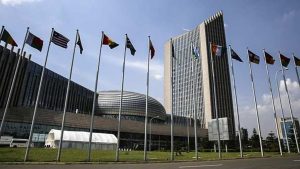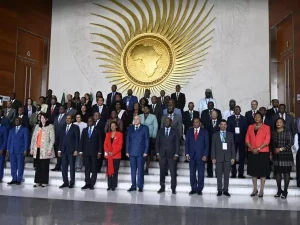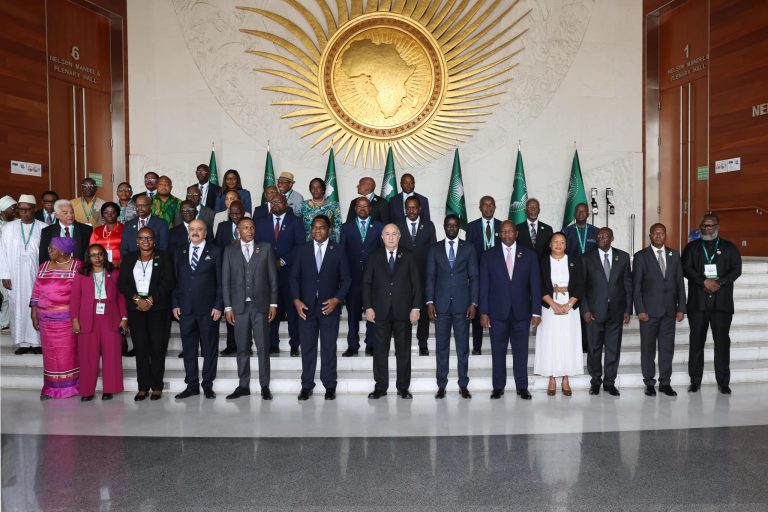Germany is set to welcome a wave of Kenyan workers to address its labor shortage. A historic agreement signed between the two countries paves the way for 250,000 skilled and semi-skilled Kenyans to arrive on German soil, providing a cost-effective solution to Europe’s demographic challenges.
This strategic initiative aims to achieve two goals: to fill the severe labor shortage in Germany, where two million positions remain vacant, and to capitalize on Africa’s pool of talent at a lower cost. Chancellor Olaf Scholz highlighted the importance of this agreement, which will help rejuvenate Germany’s aging workforce, with a median age of 46 years.
For Kenya, this partnership represents a golden opportunity to export its surplus labor and benefit from remittances. President William Ruto praised the potential of his country’s young people, describing them as « educated, innovative, and hardworking, » ready to meet the demands of the German market at competitive rates.
This collaboration underscores the growing appeal of Africa as a source of affordable labor for Europe. Kenyan workers, trained at a lower cost in their home country, provide an economical alternative to more expensive local hires. Their arrival is expected to help German companies reduce wage costs while benefiting from sought-after skills.
However, this migration flow raises concerns. In Kenya, fears of a « brain drain » are emerging, with the risk of losing some of its brightest talents. For Germany, integrating these new arrivals amid ongoing migration tensions could prove challenging.
This partnership also highlights the contradictions in European migration policies. On one hand, there is reluctance to welcome migrants, while on the other, there is a clear desire to attract qualified and inexpensive labor to support the economy.
The German-Kenyan agreement thus marks a turning point in North-South relations, where Africa is asserting itself as a reservoir of talent to be tapped. It remains to be seen how this new dynamic will shape the future of the European labor market and international migration flows.




















thank you for the last information